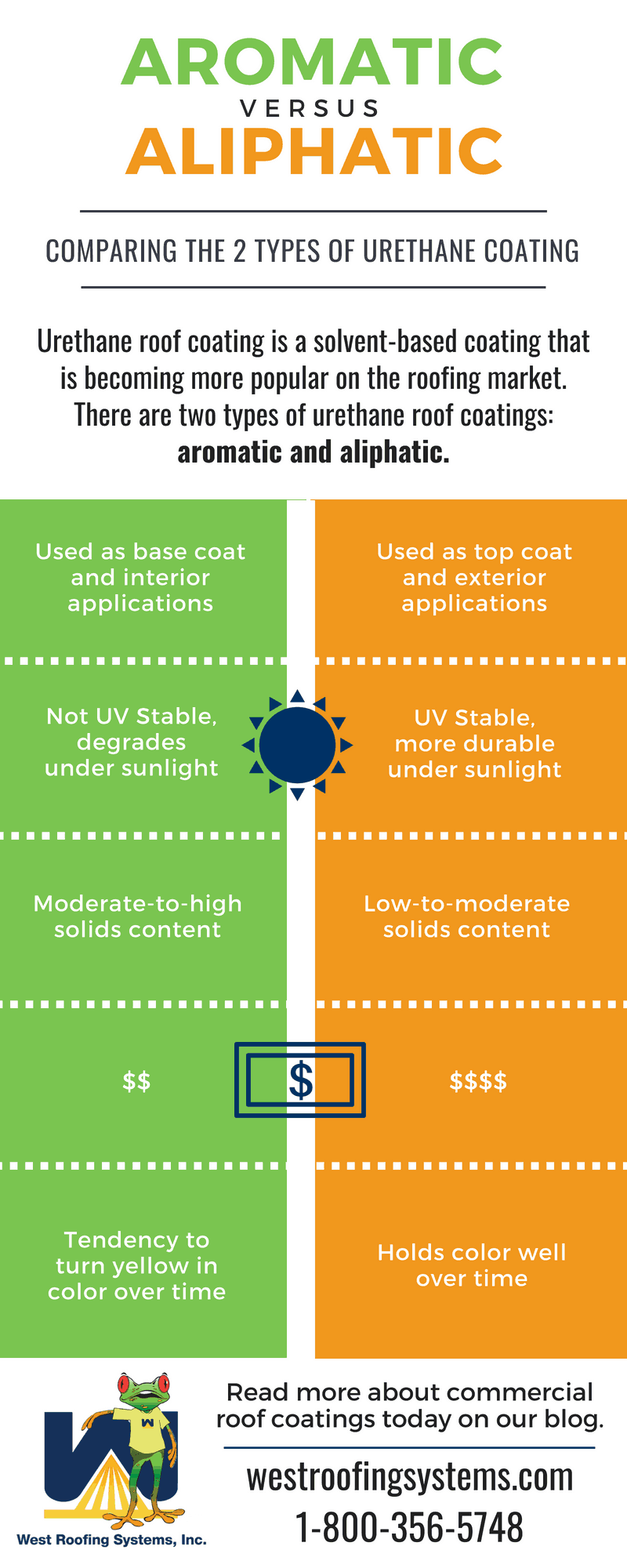Reviewing The Financial Aspects Of Solar Energy Installment: Is It A Worthwhile Financial Investment?
Reviewing The Financial Aspects Of Solar Energy Installment: Is It A Worthwhile Financial Investment?
Blog Article
Authored By-Storm Albertsen
When considering the costs of solar setup, you may wonder about the upfront financial investment called for and whether it aligns with the possible long-term benefits. Comprehending the details of these expenses and the various elements influencing the overall return can clarify the value suggestion of transitioning to solar energy. By assessing both the first setup expenses and the projected savings in time, you can acquire understanding into whether the investment in solar installation holds guarantee for your economic future.
First Arrangement Costs
When taking into consideration the expenses of solar installation, the initial configuration expenditures play an essential function in your decision-making process. These upfront expenses include the rate of photovoltaic panels, inverters, installing tools, and setup labor.
The rate of photovoltaic panels can vary depending on the brand, effectiveness, and dimension you pick. Inverters are necessary for converting the sunlight's energy right into functional power and can be found in various types such as string inverters, microinverters, and power optimizers, each with its own cost effects.
Placing equipment, such as racks and rails, is necessary to firmly mount photovoltaic panels on your roofing system or residential property.
The setup labor expense covers the specialist installment of the planetary system, guaranteeing that every little thing is set up correctly and efficiently. Keep in mind that while these preliminary configuration costs may appear high, there are typically rebates, tax obligation incentives, and financing choices offered to assist offset the expenses and make solar setup extra budget friendly over time.
Long-Term Cost Savings Analysis
To understand the economic advantages of solar installation with time, it's vital to conduct a detailed long-lasting financial savings evaluation. While the first setup costs of solar panels might seem challenging, the lasting savings can outweigh these costs substantially. By using the power of the sunlight to produce electrical power for your home, you can possibly conserve hundreds of dollars on your energy bills over the life-span of your solar system.
Among the crucial elements to think about in a long-term cost savings analysis is the decrease in your electrical power expenses. With photovoltaic panels, you can produce your electricity, lowering or perhaps removing your dependence on the grid. This can result in significant financial savings, specifically as energy prices continue to increase.
In addition, lots of federal governments offer incentives such as tax obligation debts and discounts for setting up photovoltaic panels, even more improving your long-lasting savings. By benefiting from these motivations and maximizing your solar power production, you can delight in substantial economic advantages for several years to come.
Return on Investment Estimation
Considering the economic benefits of solar setup, it's time to examine the Return on Investment (ROI) estimation. Figuring out the ROI involves comparing the complete costs of installing a planetary system with the economic benefits it produces over its life-span.
To calculate ROI, divide the internet make money from the system by the overall financial investment expense and multiply by 100 to obtain a percent. The ROI formula is: (Net Earnings/ Total Amount Investment Price) x 100.
As visit link , if the overall expense of installing a solar system is $20,000, and over its life expectancy, it generates savings and profits amounting to $30,000, the net profit would be $10,000. Dividing rv solar installers near me by the overall financial investment price of $20,000 offers a ratio of 0.5. Multiplying this by 100 gives an ROI of 50%.
Normally, a greater ROI suggests a more monetarily rewarding investment. Factors like federal government incentives, maintenance expenses, and energy rate changes can impact the ROI of solar installations. Comprehending the ROI assists in examining whether purchasing solar power is worth it in the future.
Final thought
To conclude, recognizing the costs of solar installation is vital for determining if it is worth the financial investment. By taking into https://www.cbc.ca/news/copyright/edmonton/hydro-once-made-up-around-half-of-alberta-s-power-capacity-why-does-alberta-have-so-little-now-1.6744209 , performing a long-term savings analysis, and determining the return on investment, you can make an educated choice about the economic value of solar energy. With the capacity for decreased energy expenses and boosted energy independence, buying solar installment can be a clever choice for both your wallet and the environment.
